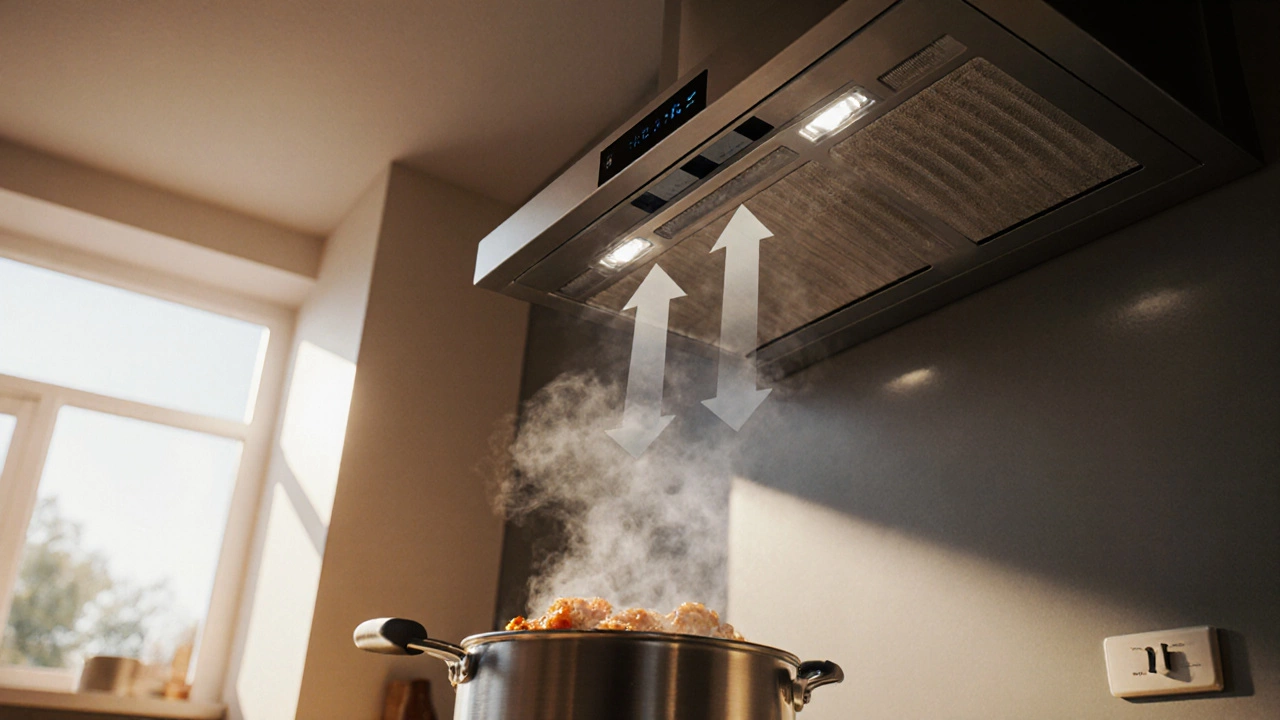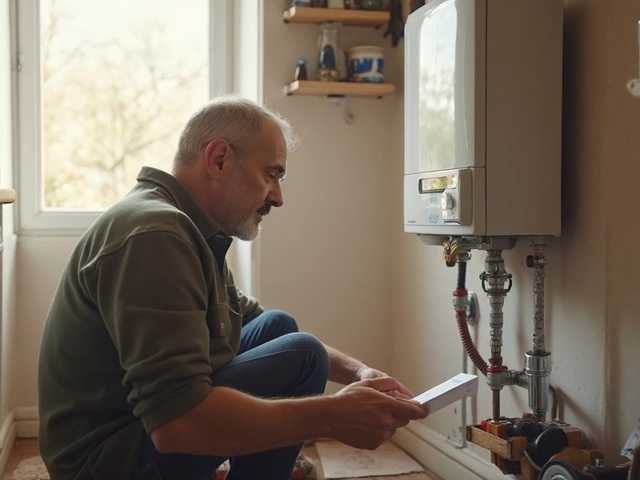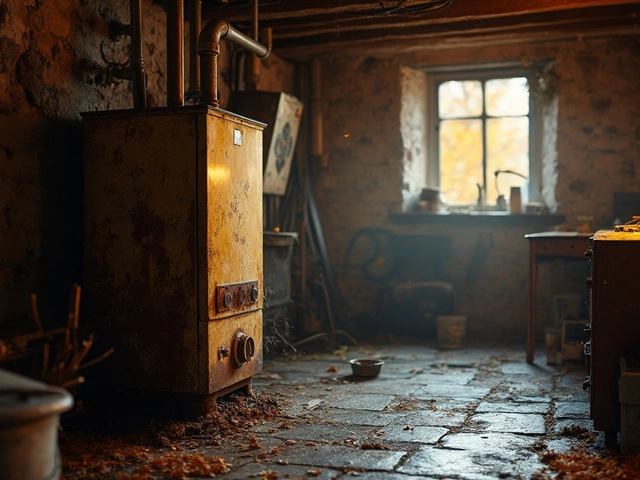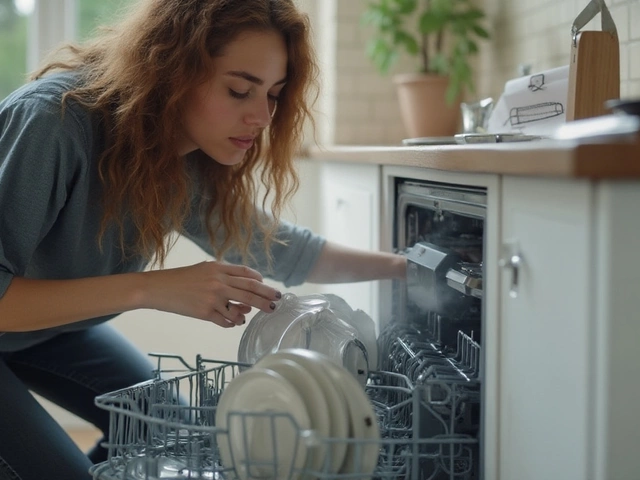When dealing with a continuous use fan, a fan designed to run nonstop without overheating. Also called a always‑on fan, it’s common in kitchens, bathrooms and utility rooms where constant airflow stops mold and odors. Extractor fan, a device that pulls stale air out of a space often relies on the same motor technology, so understanding fan motor, the electric component that drives the blades is key to preventing failures. Finally, a kitchen ventilation fan, a specific type of extractor that manages cooking fumes illustrates how continuous use fans fit into everyday home comfort. Together these elements form a system where airflow, durability, and safety interact – a continuous use fan enables constant airflow, extractor fans require reliable motors, and proper ventilation keeps indoor air healthy.
Running a fan all day sounds simple, but the design choices matter. A fan built for continuous operation has heat‑resistant bearings, insulated wiring and a motor that can handle the extra wear. That’s why you’ll see higher‑grade components in an extractor fan compared to a standard room fan. If the motor overheats, it can trigger safety switches or even cause a fire, which is why regular cleaning of the blades and checking for dust buildup is a must. Also, building regulations in the UK often require a functional ventilation system in kitchens and bathrooms to prevent mold growth – a continuous use fan meets that requirement without the need for manual switches. The result is a quieter, more reliable setup that saves you from the hassle of turning the fan on and off every time you cook or shower.
Maintenance is straightforward if you know what to look for. First, listen for unusual noises – a whining or grinding sound usually means the motor bearings need lubrication or replacement. Next, inspect the fan housing for cracks or loose screws; a compromised enclosure lets dust reach the motor faster. Finally, test the fan’s safety cut‑out by briefly running it at full speed; if it shuts down unexpectedly, the thermal protection may be faulty. These checks align with what our repair experts recommend for any appliance that runs continuously. By catching problems early, you avoid costly breakdowns and keep the fan running safely for years.
Below you’ll find a curated collection of articles that dive deeper into each of these topics. From diagnosing a noisy motor to understanding the regulations that make continuous use fans essential, the posts give practical steps you can try yourself and clear signs when it’s time to call a professional. Whether you’re looking to maintain your kitchen extractor, troubleshoot a bathroom fan, or simply learn how a fan motor works, the information ahead will help you keep the air moving without a hitch.

Find out if leaving your extractor fan on is safe, how much energy it uses, and the best practices to protect your home while keeping the kitchen fresh.

Electric ovens can sometimes act up and cause frustration in the kitchen. While not every issue requires a professional, understanding the basic components can save time and money. This guide explores the practicality, challenges, and tips for tackling common oven problems. Whether it's a heating issue or a broken door handle, knowing what to check is crucial. Get insights into the DIY approach to electric oven repair to keep your appliance running smoothly.

Thinking about handling your own boiler service? Get the truth about what you can and can’t do, why safety matters, and which tasks are okay for homeowners. This article covers legal restrictions, common mistakes to avoid, and practical tips for everyday boiler care. Learn how to spot problems early and when it's really time to call a pro. Save yourself headaches, money, and maybe even a major disaster by knowing the facts.

Replacing an old boiler might seem like a hassle, but when it's reaching the 15-year mark, the decision becomes crucial for efficiency and safety. This article explores whether it's time to upgrade, balancing costs, savings, and the impact on your home. From understanding energy efficiency to recognizing warning signs, we dive into everything you need to consider. With insights and practical tips, make an informed choice about your old boiler.

Find out how much boiler repair costs in 2025, what factors affect the price, typical price ranges, and tips to get fair quotes and save money.

Determining whether your dishwasher requires repair or replacement can save you both time and money. This article guides you through recognizing common issues, assessing the efficiency of your current dishwasher, and deciding on repair versus replacement. Gain insights into the lifespan of dishwashers and learn handy tips for maintaining them. Make well-informed decisions about your kitchen appliances for a hassle-free experience.